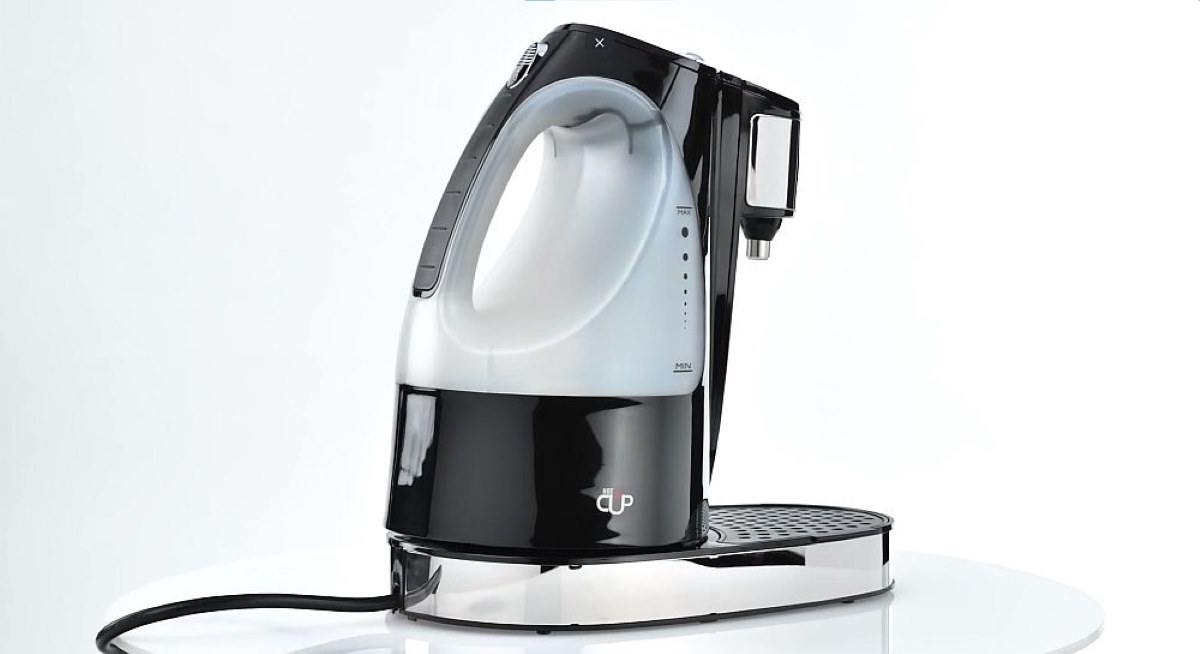

Articles
How Does A Hot Water Dispenser Work
Modified: February 22, 2024
Learn how hot water dispensers work and how they can make your life easier. Read our informative articles for all the details you need.
(Many of the links in this article redirect to a specific reviewed product. Your purchase of these products through affiliate links helps to generate commission for Storables.com, at no extra cost. Learn more)
Introduction
Hot water dispensers have become an indispensable appliance in many households and offices, providing convenience and efficiency when it comes to instant hot water. Whether you need a quick cup of tea, hot water for cooking, or a soothing warm beverage, a hot water dispenser delivers hot water at the touch of a button. But have you ever wondered how a hot water dispenser actually works?
In this article, we will take a closer look at the principles behind hot water dispensers, their heating mechanisms, water supply, temperature controls, safety features, and the benefits they offer. So, let’s dive in and unravel the mystery of these handy appliances!
Key Takeaways:
- Enjoy instant hot water at your desired temperature with the convenience of a hot water dispenser, featuring rapid heating, precise temperature controls, and safety mechanisms for a hassle-free experience.
- Say goodbye to waiting for water to boil and hello to energy-efficient, space-saving hot water dispensers that offer versatility, hygiene, and office efficiency, making them an indispensable addition to any home or workplace.
Read more: How Does Water Dispenser Work
Principles of Hot Water Dispensers
Hot water dispensers operate on a simple yet ingenious principle. They are designed to rapidly heat and dispense hot water on demand. The main components of a hot water dispenser include a heating element, a water supply system, temperature controls, and safety features.
The heating element is the heart of the hot water dispenser. It is responsible for heating the water to the desired temperature. Most modern hot water dispensers use electric heating elements, which are typically made of stainless steel or copper. These elements are immersed in the water inside the dispenser’s reservoir and generate heat when an electric current passes through them.
The water supply system in a hot water dispenser ensures a constant flow of water to be heated. It consists of a water reservoir or tank that holds the water and a pump or valve that controls the water flow. When water is needed, the pump or valve allows water to enter the heating chamber.
The temperature controls on a hot water dispenser enable users to adjust the desired temperature of the dispensed water. These controls can typically be found on the front or side of the dispenser and allow users to choose between different temperature settings, such as 160°F, 175°F, or 200°F. Some advanced hot water dispensers even offer precise temperature control for brewing tea or coffee at the ideal temperature.
Safety features play a vital role in hot water dispensers to prevent accidents and ensure user safety. Common safety features include automatic shut-off mechanisms that activate when the water reaches the desired temperature or when the dispenser is left idle for a specified period. Overheat protection is another important safety feature that automatically turns off the heating element if it gets too hot.
Overall, the principles of hot water dispensers revolve around efficient heating, continuous water supply, temperature control, and safety. Understanding these principles allows users to make the most of their hot water dispensers and enjoy the convenience of instant hot water for various applications.
Heating Mechanism
The heating mechanism in a hot water dispenser is responsible for quickly and efficiently heating the water to the desired temperature. There are different types of heating mechanisms used in hot water dispensers, each offering its own advantages and capabilities.
One common heating mechanism used in hot water dispensers is the “direct heat” method. In this method, the heating element is directly submerged in the water, allowing for rapid heat transfer. When the dispenser is turned on, the heating element starts to generate heat, which is then transferred to the water. Because the element is in direct contact with the water, the heat is distributed evenly and efficiently throughout the reservoir.
Another popular heating mechanism is the “indirect heat” method, which involves using a separate container or coil to heat the water. In this method, the heating element is located outside the water reservoir, and the water is heated by conduction or convection. The heated element or coil transfers heat to the water, gradually raising its temperature. This method is known for its energy efficiency and ability to maintain water temperature over an extended period.
Some advanced hot water dispensers utilize a “tankless” or “on-demand” heating mechanism. Instead of storing heated water in a reservoir, these dispensers heat the water instantly as it passes through the heating element. When the dispenser is activated, cold water from the water supply is rapidly heated by the heating element, providing immediate hot water. This mechanism eliminates the need for a storage tank, saving space and ensuring that hot water is always fresh and ready to use.
Regardless of the heating mechanism, hot water dispensers are designed to heat water quickly and efficiently. The precise heating capabilities allow users to have hot water at their desired temperature in a matter of seconds, providing convenience and eliminating the need for time-consuming boiling or waiting for water to heat up on a stovetop.
It’s important to note that different hot water dispensers may have varying heating mechanisms, so it’s always recommended to refer to the manufacturer’s instructions and specifications for specific details on the heating mechanism used in your hot water dispenser.
Water Supply
The water supply is a crucial component of a hot water dispenser, ensuring a continuous flow of water to be heated and dispensed. Hot water dispensers are typically connected to a water source, either through a direct water line or a detachable water reservoir.
In hot water dispensers with a direct water line connection, a water supply pipe is connected to the dispenser. This allows a constant flow of water to be accessed directly from the plumbing system. These types of dispensers are commonly used in commercial settings, such as offices, restaurants, and cafeterias, where a large volume of hot water is needed consistently throughout the day.
For residential use or situations where a direct water line connection is not available, hot water dispensers often feature a detachable water reservoir. These reservoirs have a capacity ranging from a few cups to several liters, depending on the model and brand. The reservoir is typically filled manually, either by pouring water into it or by removing the reservoir and filling it at a sink. Once filled, the reservoir is attached back to the dispenser, and the water inside is used for heating and dispensing.
Hot water dispensers with detachable water reservoirs often come with an indicator or window that allows users to monitor the water level and determine when a refill is necessary. This feature ensures that users are aware of the amount of water available and can refill the reservoir as needed.
Depending on the model, some hot water dispensers may offer additional features related to the water supply. For example, some dispensers have a filtration system built into the water supply, providing filtered hot water for drinking or cooking purposes. Others may have a separate spout or compartment for dispensing cold water, giving users the option to choose between hot and cold water from a single appliance.
It’s essential to check the manufacturer’s instructions and specifications to determine the water supply requirements for your specific hot water dispenser. Whether it’s a direct water line connection or a detachable water reservoir, ensuring a reliable and appropriate water supply is key to the efficient operation of your hot water dispenser.
Temperature Controls
Temperature controls are a crucial feature of hot water dispensers, allowing users to customize the temperature of the dispensed hot water to suit their needs. With precise temperature control, users can ensure the water is at the perfect temperature for various applications, such as brewing tea or coffee, preparing instant soups or noodles, or simply enjoying a hot beverage.
Most hot water dispensers offer a range of temperature options, typically displayed on a control panel or dial. These options may include preset temperature settings like 160°F, 175°F, or 200°F, or they may provide a continuous temperature adjustment feature that allows users to set a specific temperature according to their preference.
Some advanced hot water dispensers even feature digital temperature displays, providing accurate temperature readings and allowing users to monitor and adjust the water temperature more precisely. This feature is particularly useful for tea enthusiasts or specialty coffee lovers who require specific temperature levels for the optimal extraction of flavors.
In addition to temperature control, some hot water dispensers may also offer other convenient features related to temperature management. For example, a “keep warm” function is commonly found in hot water dispensers, which allows the water to stay at a pre-set temperature for a certain period, ensuring hot water is readily available without the need for reheating.
It’s important to note that temperature control in hot water dispensers often relies on accurate internal sensors and sophisticated heating mechanisms to maintain the desired temperature consistently. This ensures that the dispensed water remains hot and at the specified temperature, giving users reliable access to hot water whenever they need it.
When using a hot water dispenser with temperature controls, it’s recommended to refer to the manufacturer’s instructions and guidelines to ensure proper operation and safety precautions. Follow the recommended temperature settings and enjoy the convenience and flexibility of customizing your hot water to your desired temperature.
A hot water dispenser works by heating water to a specific temperature and then dispensing it through a spout. It typically has a heating element and a thermostat to control the temperature. Make sure to regularly descale the dispenser to maintain its efficiency.
Read more: Why Is My Hot Water Dispenser Not Working
Safety Features
Safety is of utmost importance when it comes to hot water dispensers. These appliances are designed with several safety features to prevent accidents, ensure user protection, and provide peace of mind. Here are some common safety features found in hot water dispensers:
- Automatic Shut-off: Many hot water dispensers are equipped with an automatic shut-off feature. This feature activates when the water reaches the desired temperature or when the dispenser remains idle for a specific duration. The automatic shut-off helps prevent overheating and conserves energy by turning off the heating element or pump when not in use.
- Overheat Protection: To prevent potential hazards and damage, hot water dispensers often feature overheat protection. This safety mechanism automatically turns off the heating element if it exceeds a certain temperature limit. This protects the appliance from damage and reduces the risk of accidents caused by overheating.
- Water Level Indicator: Some hot water dispensers come with a water level indicator to inform users about the amount of water remaining in the reservoir. This feature helps prevent dry boiling, which can lead to damage to the heating element or even a fire hazard. By keeping an eye on the water level, users can ensure that there is sufficient water for the dispenser to operate safely.
- Child Lock: Particularly important for households with young children, a child lock feature adds an extra layer of safety. This feature prevents accidental or unauthorized use of the hot water dispenser by requiring a specific combination or sequence of buttons to be pressed to activate the dispenser.
- Non-Slip Feet: Hot water dispensers are often equipped with non-slip feet or rubberized grips at the base. These help to keep the appliance stable on various surfaces and minimize the risk of accidental tipping or sliding during operation.
It is essential to familiarize yourself with the specific safety features and instructions provided by the manufacturer for your hot water dispenser. Following these guidelines and using the appropriate safety precautions will help ensure the safe and efficient use of your hot water dispenser for years to come.
Maintenance and Cleaning
Maintaining and cleaning your hot water dispenser is essential for its longevity, performance, and hygiene. Regular maintenance and cleaning not only keep the appliance in good working condition but also ensure that the dispensed hot water is free from any contaminants or impurities. Here are some maintenance and cleaning tips to follow:
- Regular Descaling: Over time, mineral deposits or limescale can build up inside the hot water dispenser. This can affect the heating efficiency and the taste of the dispensed water. To prevent this, it is recommended to descale the dispenser regularly. Follow the manufacturer’s instructions for the descaling process, which may involve using a descaling solution or vinegar and running a descaling cycle.
- Cleaning the Exterior: Wipe the exterior of the hot water dispenser with a soft, damp cloth regularly to remove any dust or stains. Ensure that the dispenser is unplugged before cleaning the exterior and avoid using abrasive cleaners or harsh chemicals that may damage the surface or the finish.
- Emptying and Refilling the Water Reservoir: If your hot water dispenser has a detachable water reservoir, it’s a good practice to empty and refill it with fresh water regularly. This helps to prevent the growth of bacteria or algae and ensures that the dispensed water is clean and safe to consume.
- Replacing Filters: If your hot water dispenser has a filter, check the manufacturer’s recommendations for when and how to replace it. Regularly replacing the filter will ensure that the dispensed water remains clean, free from impurities, and maintains optimal taste.
- Inspecting and Cleaning the Drip Tray: The drip tray collects any spills or drips that may occur during dispensing. Regularly remove and clean the drip tray to prevent the accumulation of dirt or bacteria. Wash it with warm soapy water, rinse thoroughly, and dry before placing it back into the dispenser.
Consult the user manual or the manufacturer’s guidelines for specific maintenance instructions and recommendations for your hot water dispenser model. By following these maintenance and cleaning practices, you can ensure that your hot water dispenser operates efficiently, stays hygienic, and provides you with clean and hot water whenever you need it.
Benefits of Hot Water Dispensers
Hot water dispensers offer a range of benefits that make them a valuable addition to any home or office. Here are some of the key advantages of using a hot water dispenser:
- Convenience: Hot water dispensers provide instant access to hot water with just a touch of a button. Whether you need hot water for a cup of tea, cooking, or any hot beverage, there’s no need to wait for a kettle to boil or use a stovetop. With a hot water dispenser, you can have hot water at your desired temperature whenever you need it, saving time and effort.
- Energy Efficiency: Hot water dispensers are designed for efficiency, heating only the water you need. Unlike traditional kettles, you don’t have to boil a full pot of water, which can save energy and reduce utility costs over time.
- Temperature Control: With temperature controls, hot water dispensers allow you to customize the temperature of the dispensed water. This is particularly useful for tea enthusiasts or coffee lovers who require specific temperatures for optimal taste and flavor extraction.
- Space-Saving: Hot water dispensers are compact and take up minimal counter space, making them perfect for small kitchens, offices, or any area where space is limited.
- Versatility: Hot water dispensers are not limited to just hot water. Many models offer additional features like dispensing cold water or even room temperature water. This versatility allows you to have multiple options at your fingertips, making the dispenser a versatile appliance for various needs.
- Hygiene: Hot water dispensers with detachable water reservoirs require regular cleaning, ensuring that the water you consume is clean and free from impurities. Some models also feature built-in filtration systems, providing you with filtered hot water for drinking or cooking purposes.
- Office Efficiency: In office settings, hot water dispensers can greatly enhance productivity by providing employees with easy access to hot water for beverages and quick meal preparation. This eliminates the need for individuals to use shared microwave ovens or wait for the kettle to boil, promoting efficiency and time management.
Hot water dispensers offer a range of benefits that go beyond just convenience. They are designed to simplify hot water preparation, provide customization, save energy, and ensure hygienic and quick access to hot water. Whether it’s for personal use at home or catering to the needs of a busy office, a hot water dispenser is an indispensable appliance that enhances efficiency and convenience in daily life.
Conclusion
Hot water dispensers are a valuable addition to any household or office, offering convenience, efficiency, and versatility. With their rapid heating mechanisms, easy-to-use temperature controls, and various safety features, hot water dispensers provide instant access to hot water at the touch of a button.
Understanding the principles of hot water dispensers, including their heating mechanisms, water supply systems, temperature controls, and safety features, allows users to make the most of these appliances and enjoy hot water on demand. Regular maintenance and cleaning ensure optimal performance and hygiene, while the numerous benefits of hot water dispensers, such as energy efficiency, space-saving design, and customization options, make them a preferred choice for many.
Whether you’re brewing your favorite tea, preparing a quick meal, or simply in need of a soothing hot beverage, a hot water dispenser provides the convenience and efficiency you desire. Say goodbye to waiting for water to boil and hello to instant hot water at your desired temperature.
In conclusion, hot water dispensers offer a range of benefits that make them an indispensable appliance in any modern kitchen or office. With their time-saving capabilities, energy efficiency, and customizable features, hot water dispensers truly elevate the way we access and utilize hot water in our daily lives.
Frequently Asked Questions about How Does A Hot Water Dispenser Work
Was this page helpful?
At Storables.com, we guarantee accurate and reliable information. Our content, validated by Expert Board Contributors, is crafted following stringent Editorial Policies. We're committed to providing you with well-researched, expert-backed insights for all your informational needs.
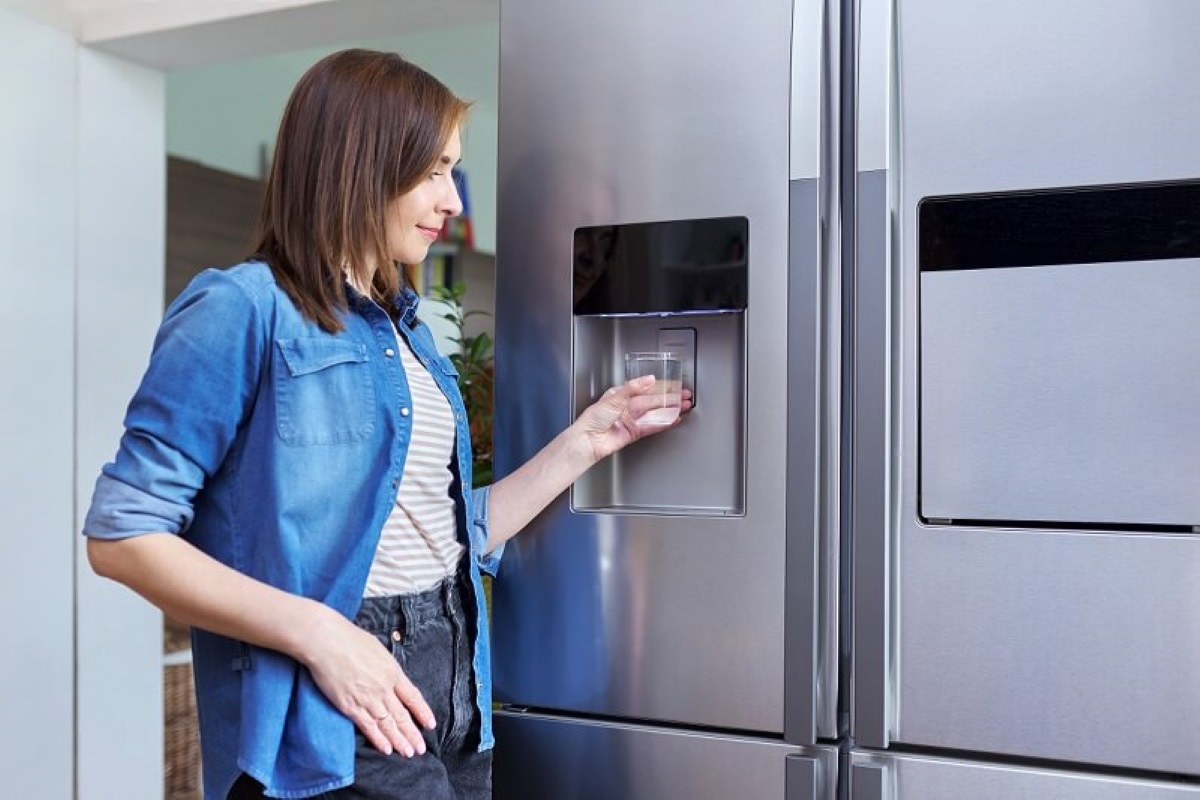
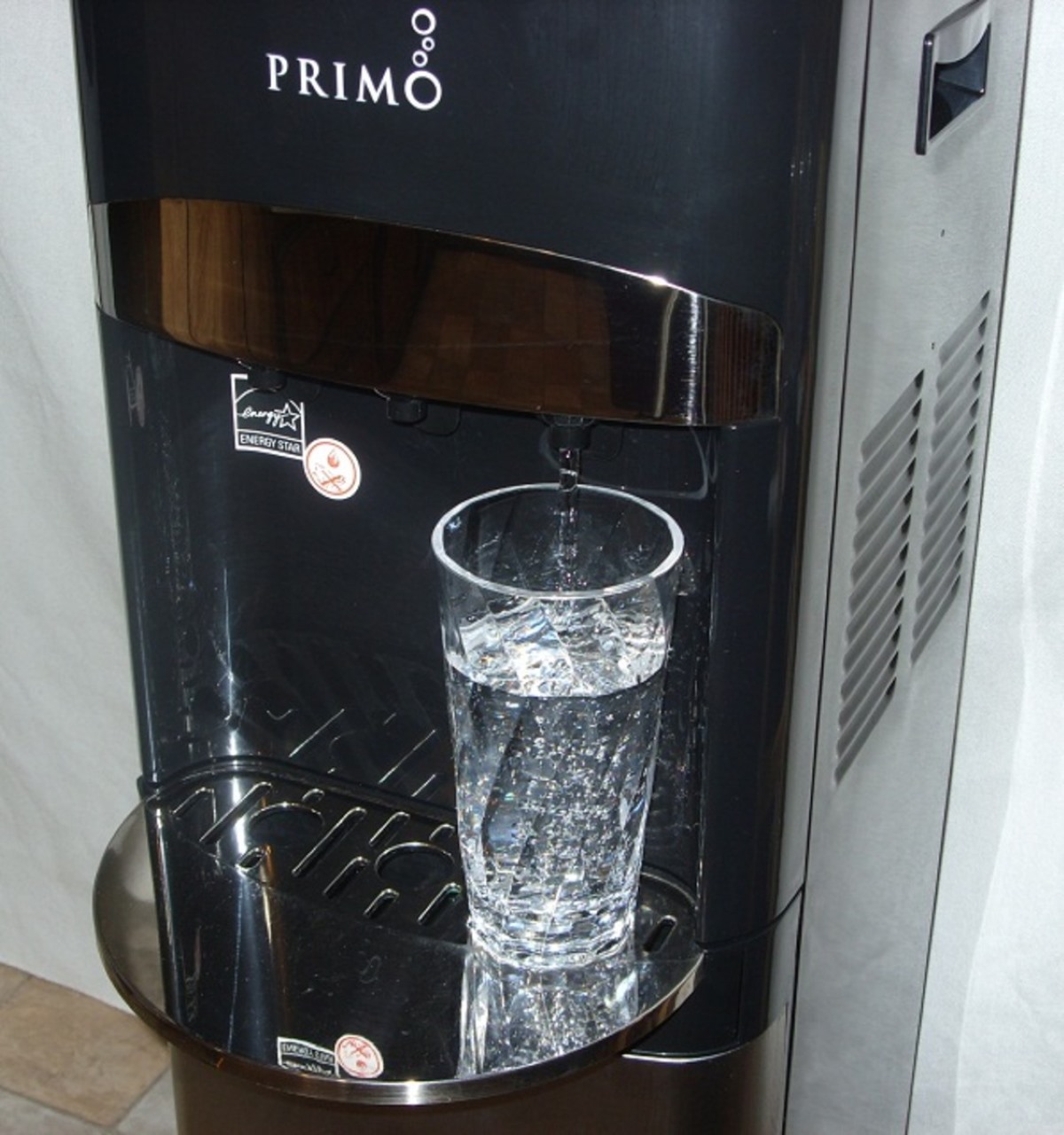
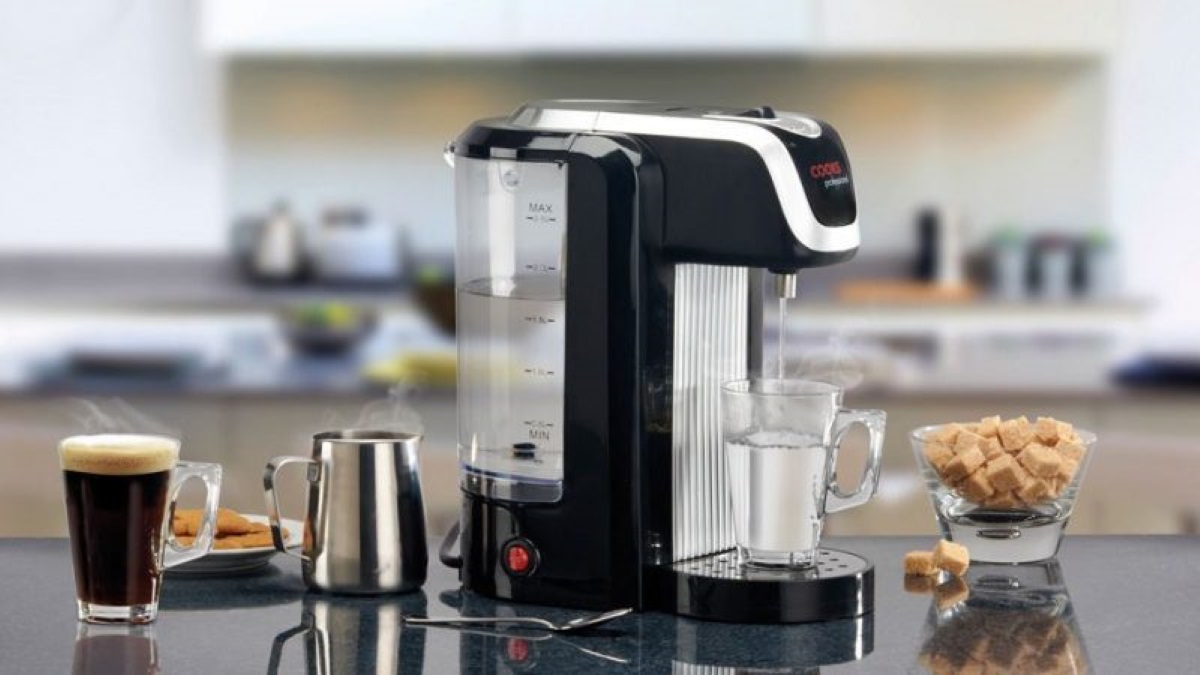
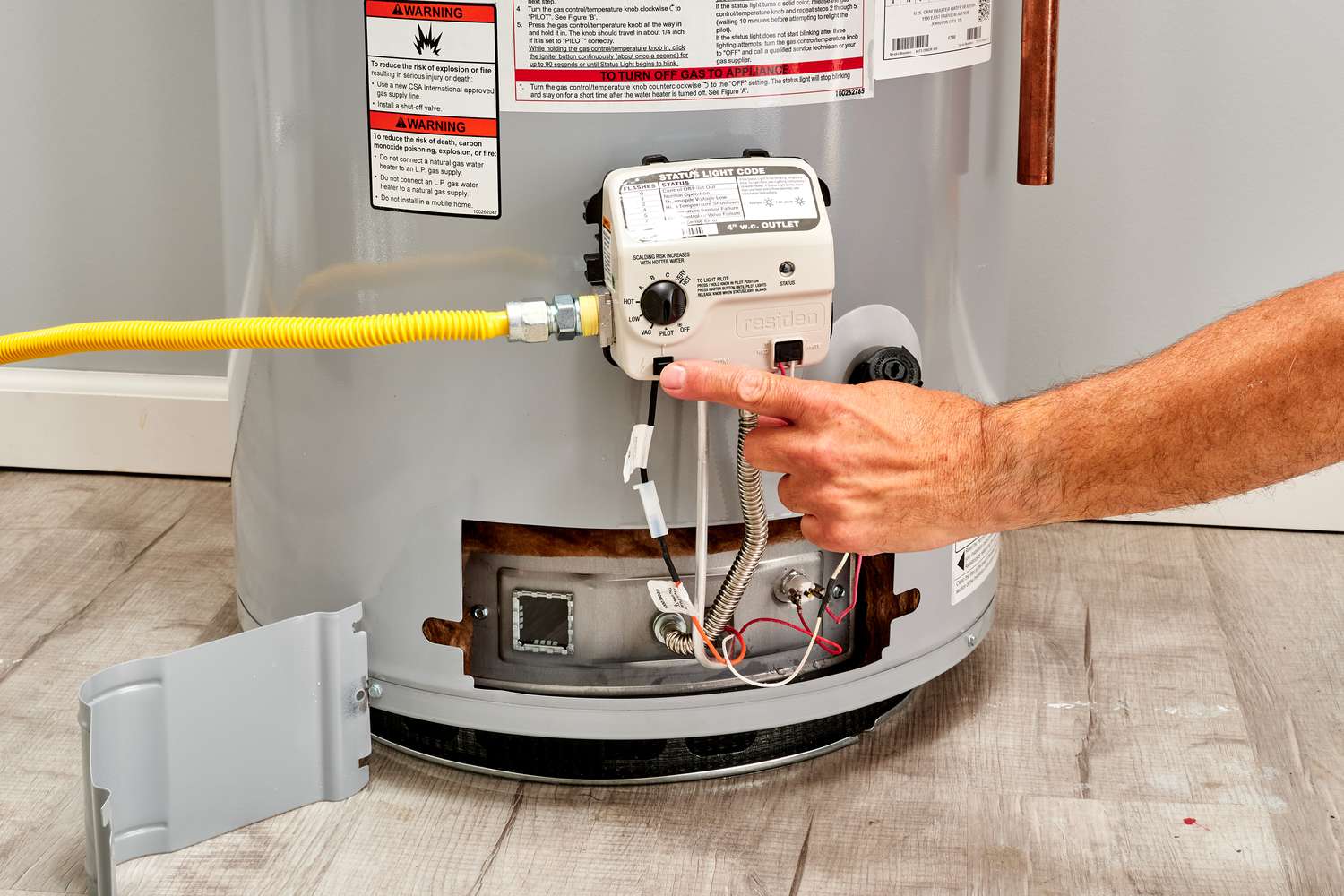
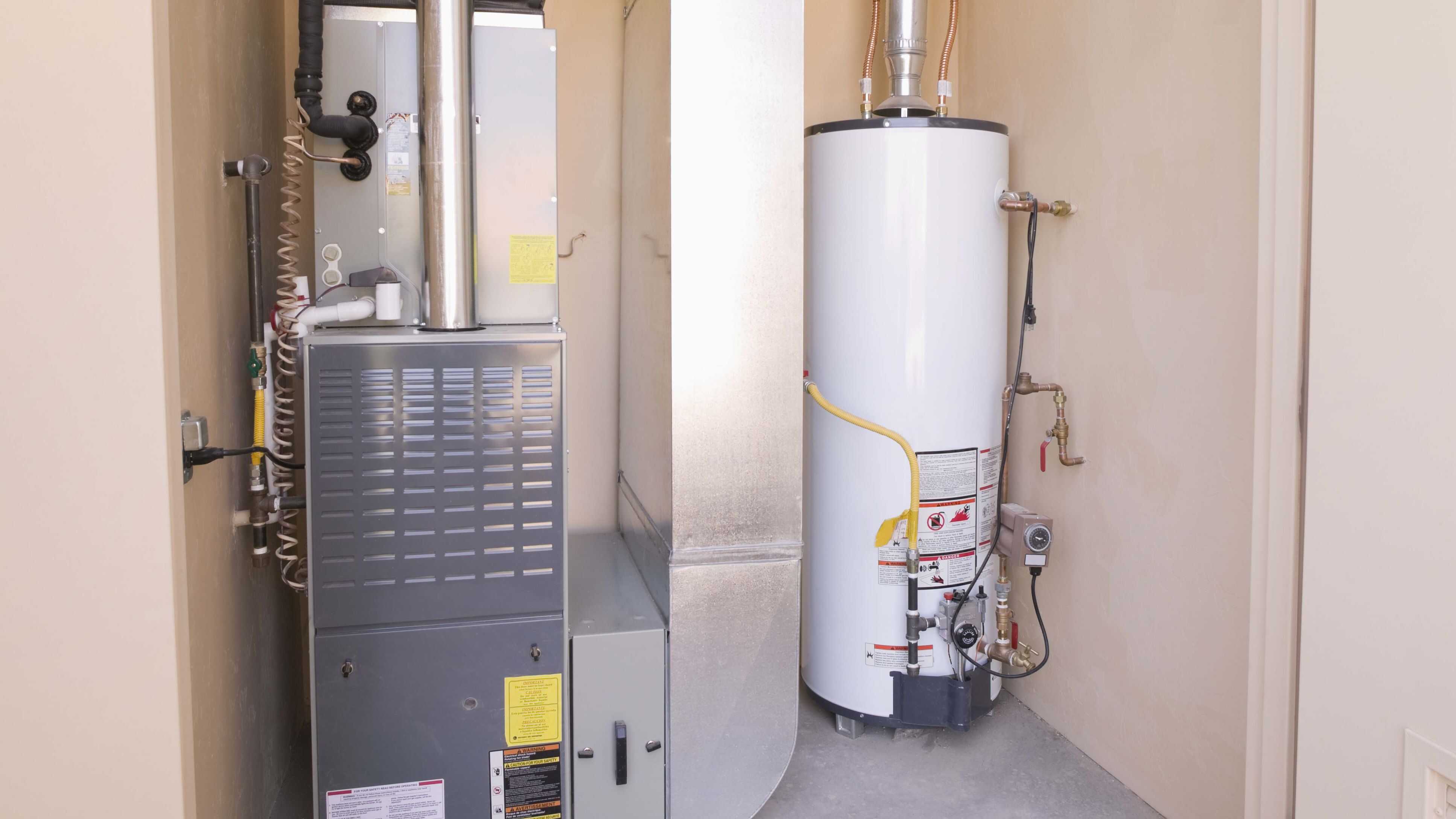
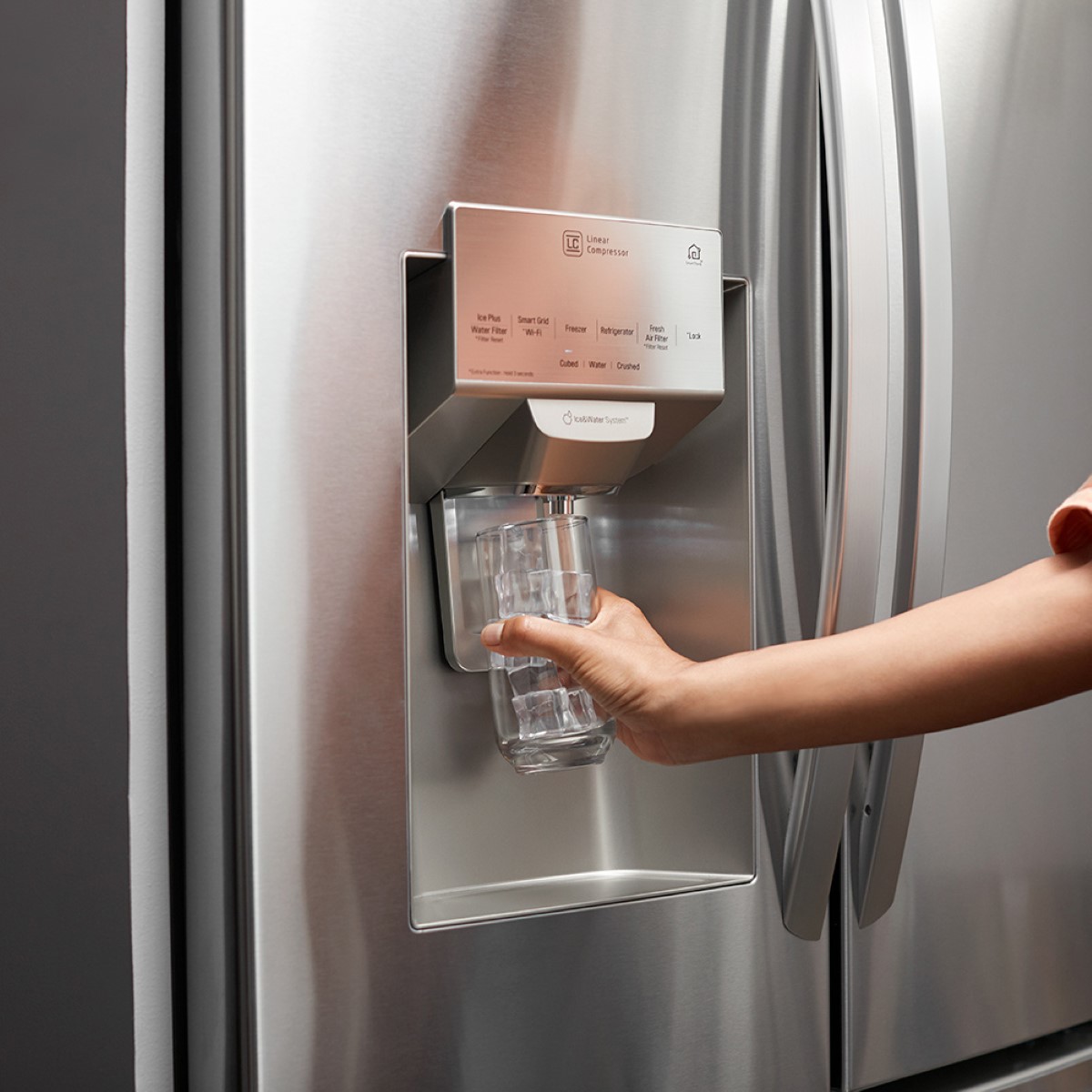
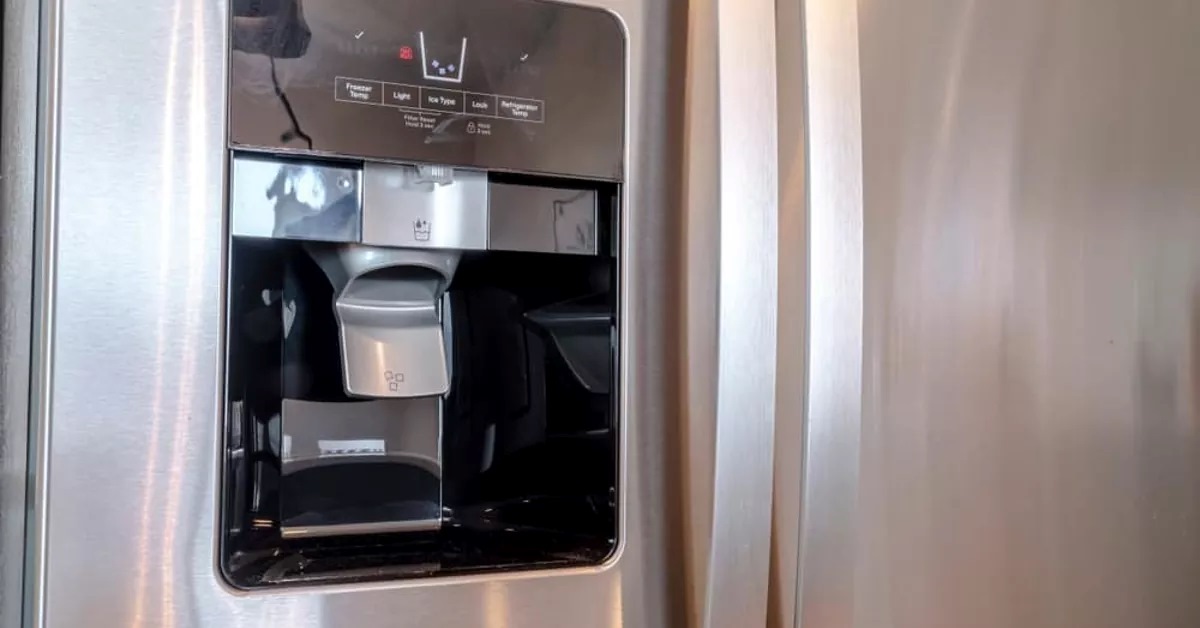
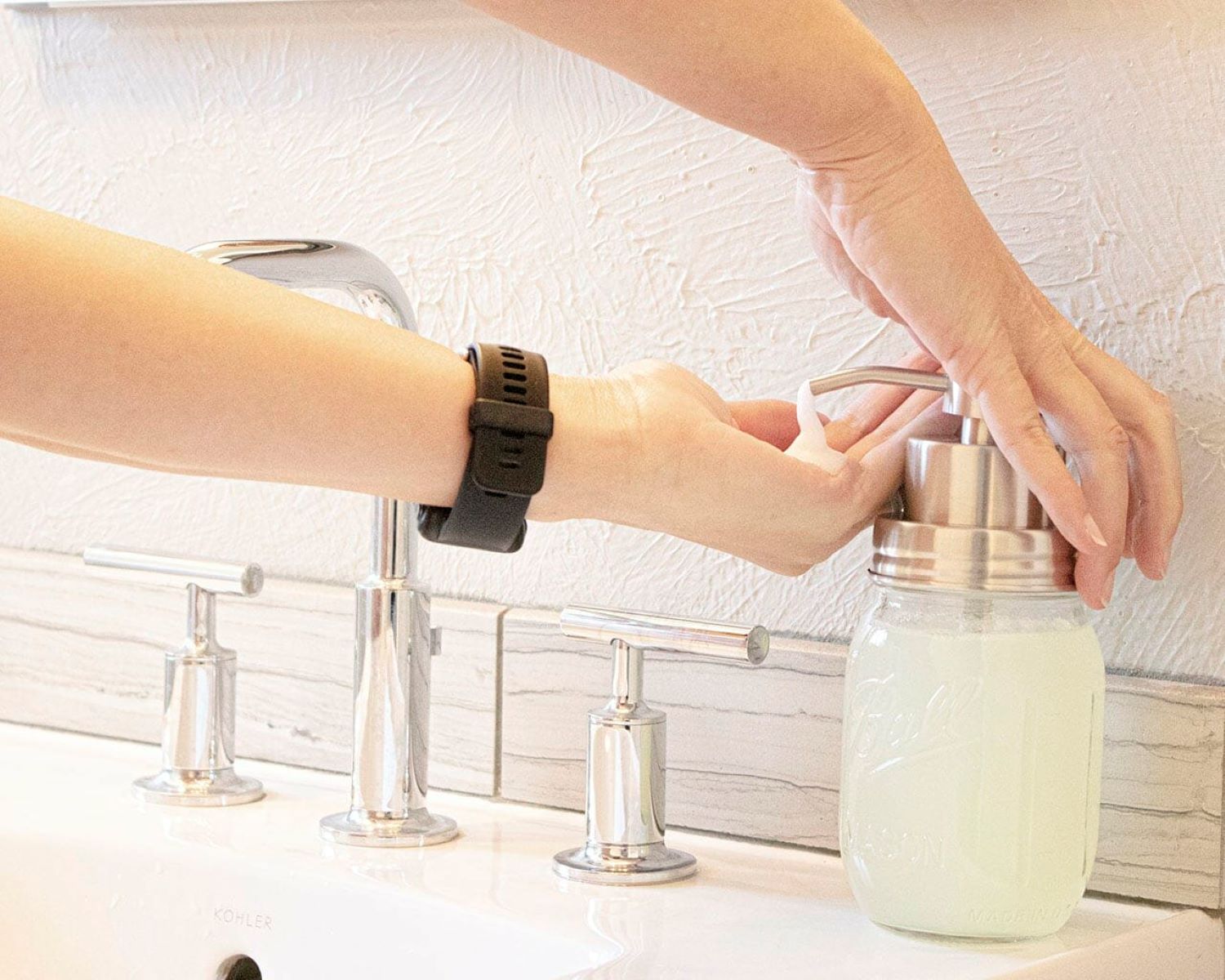
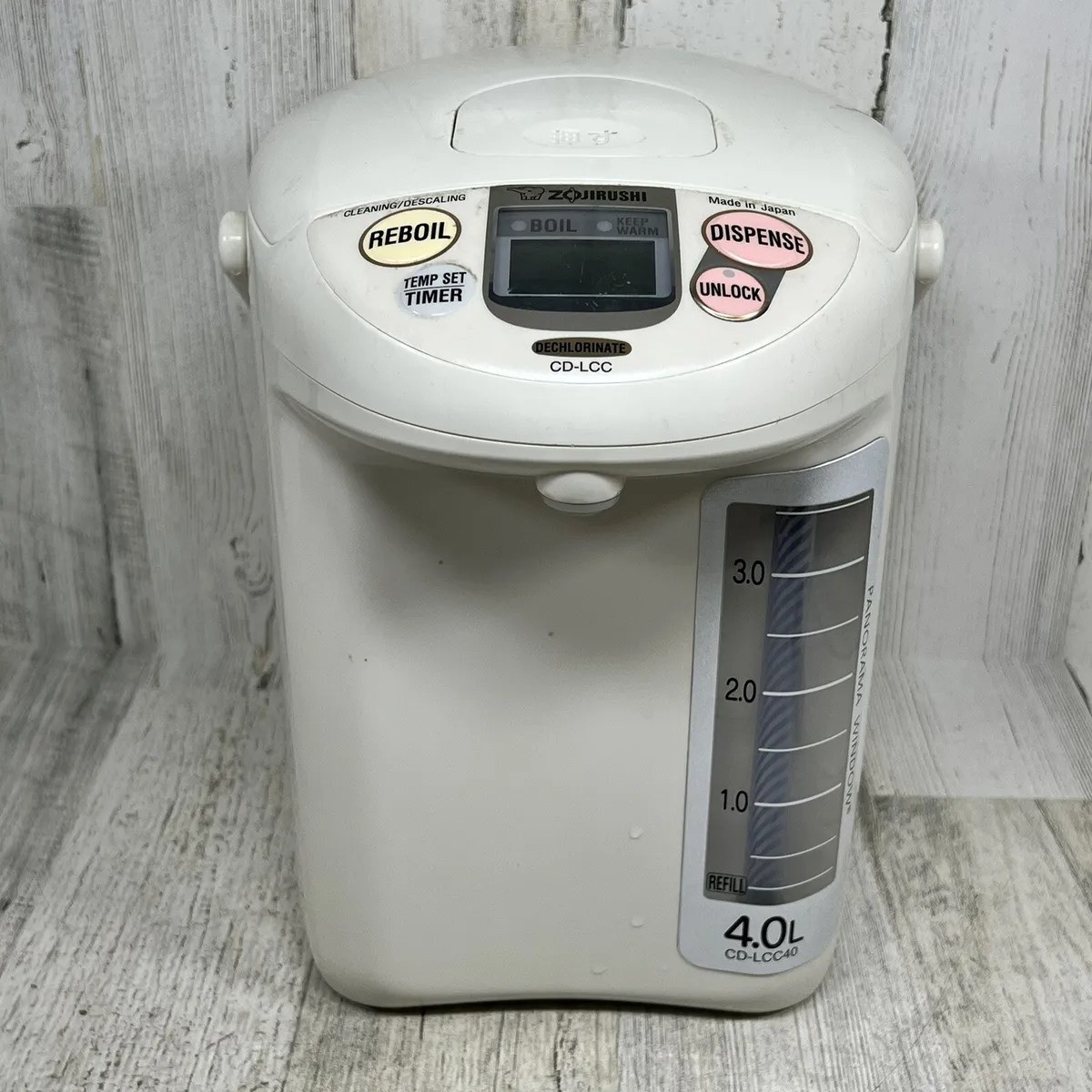
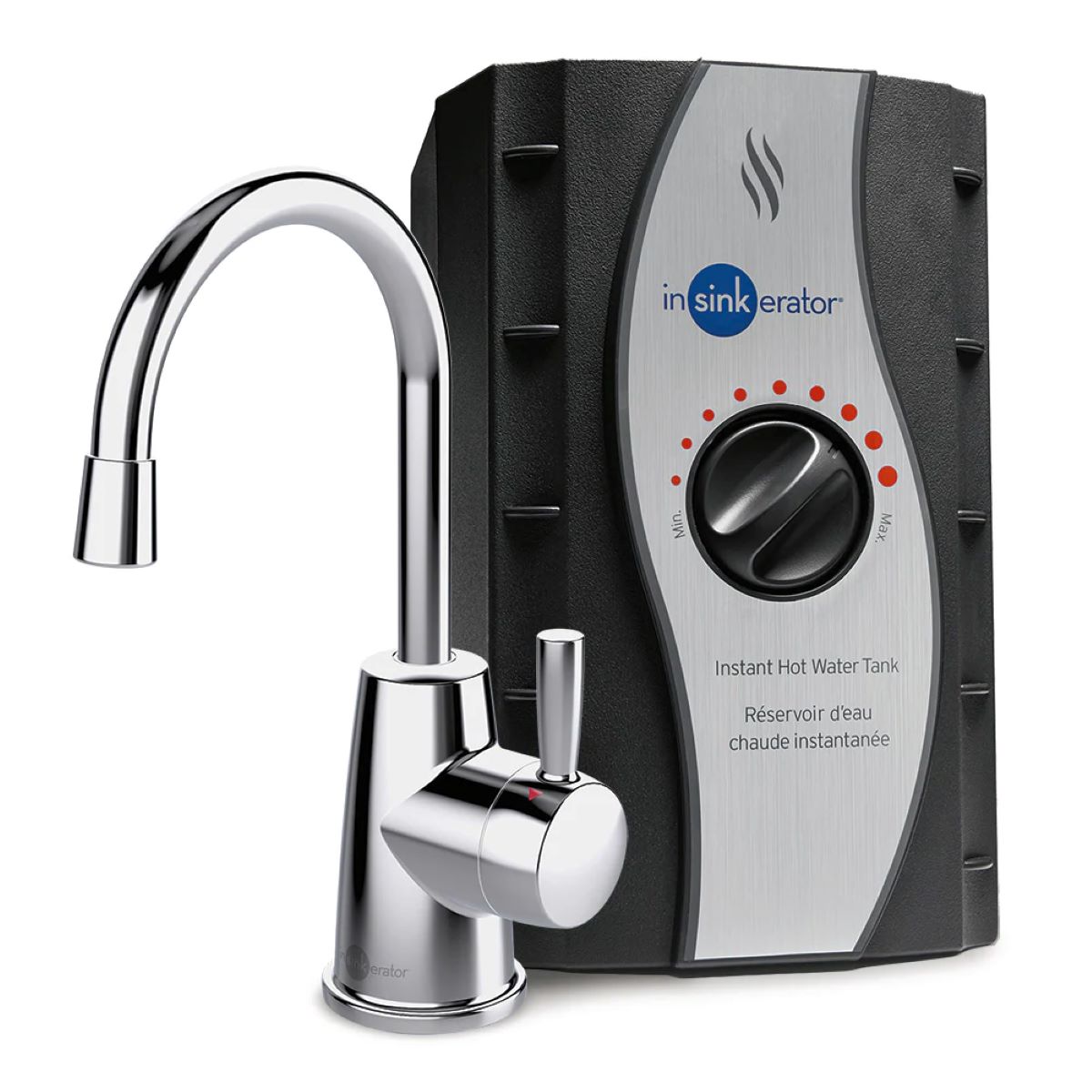
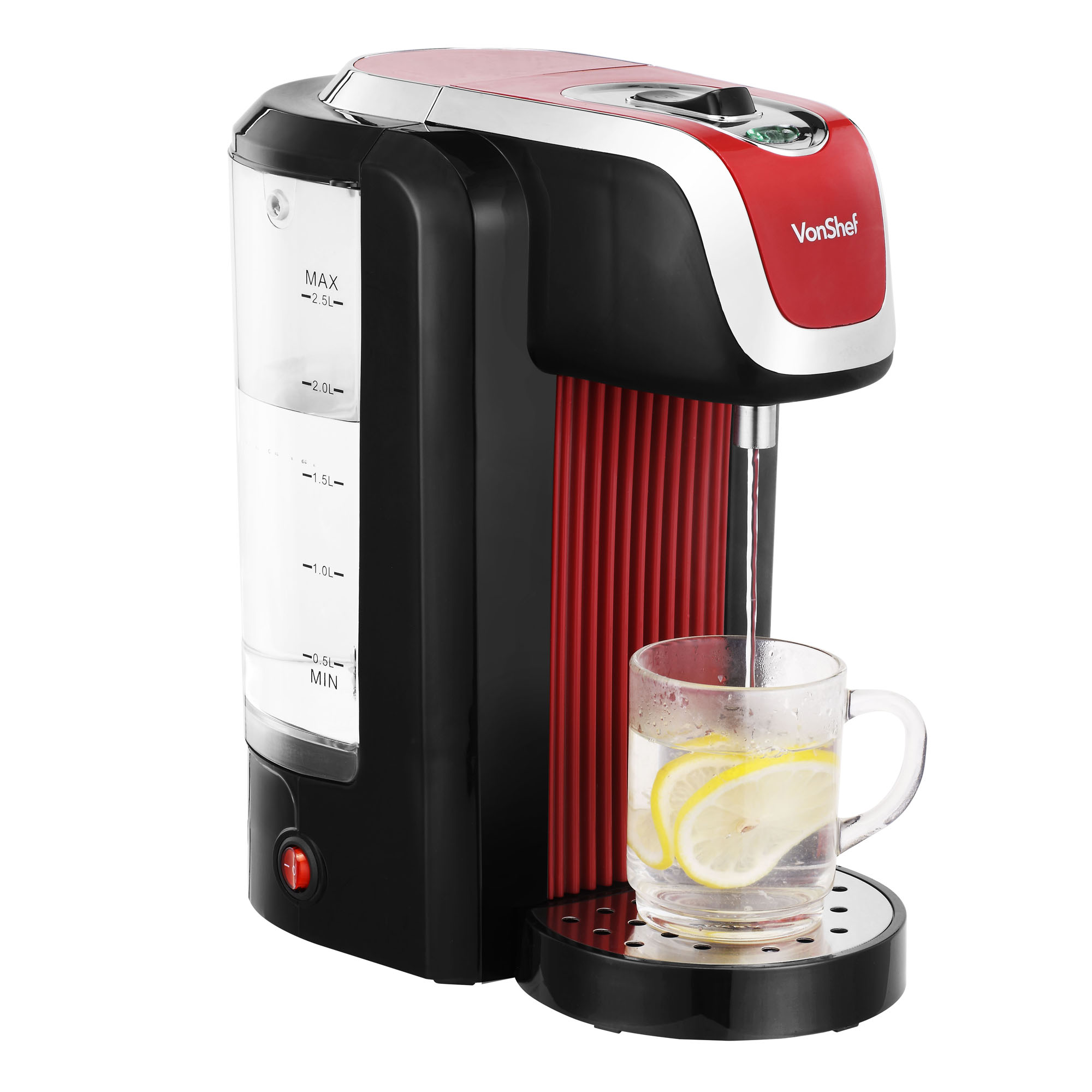
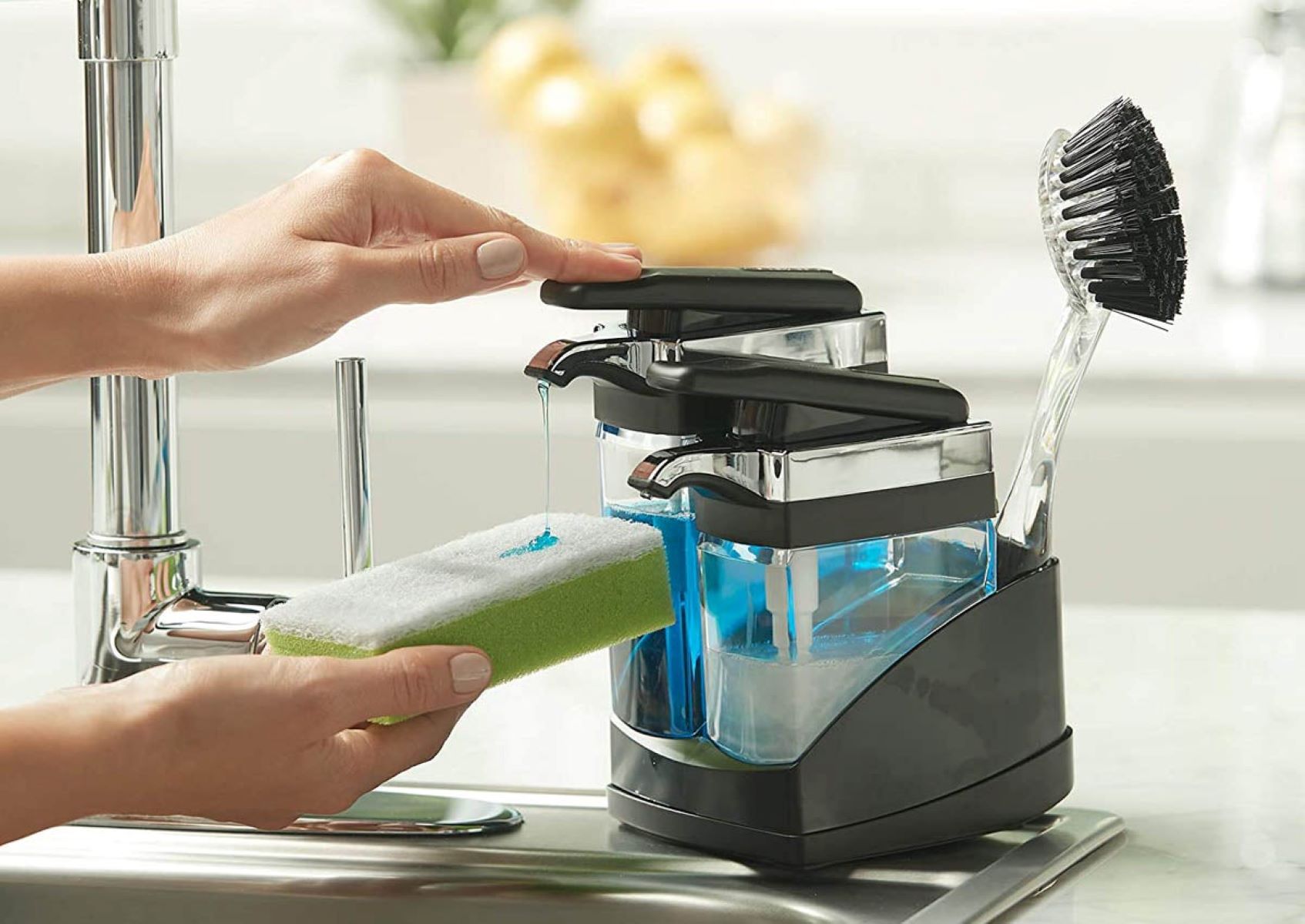
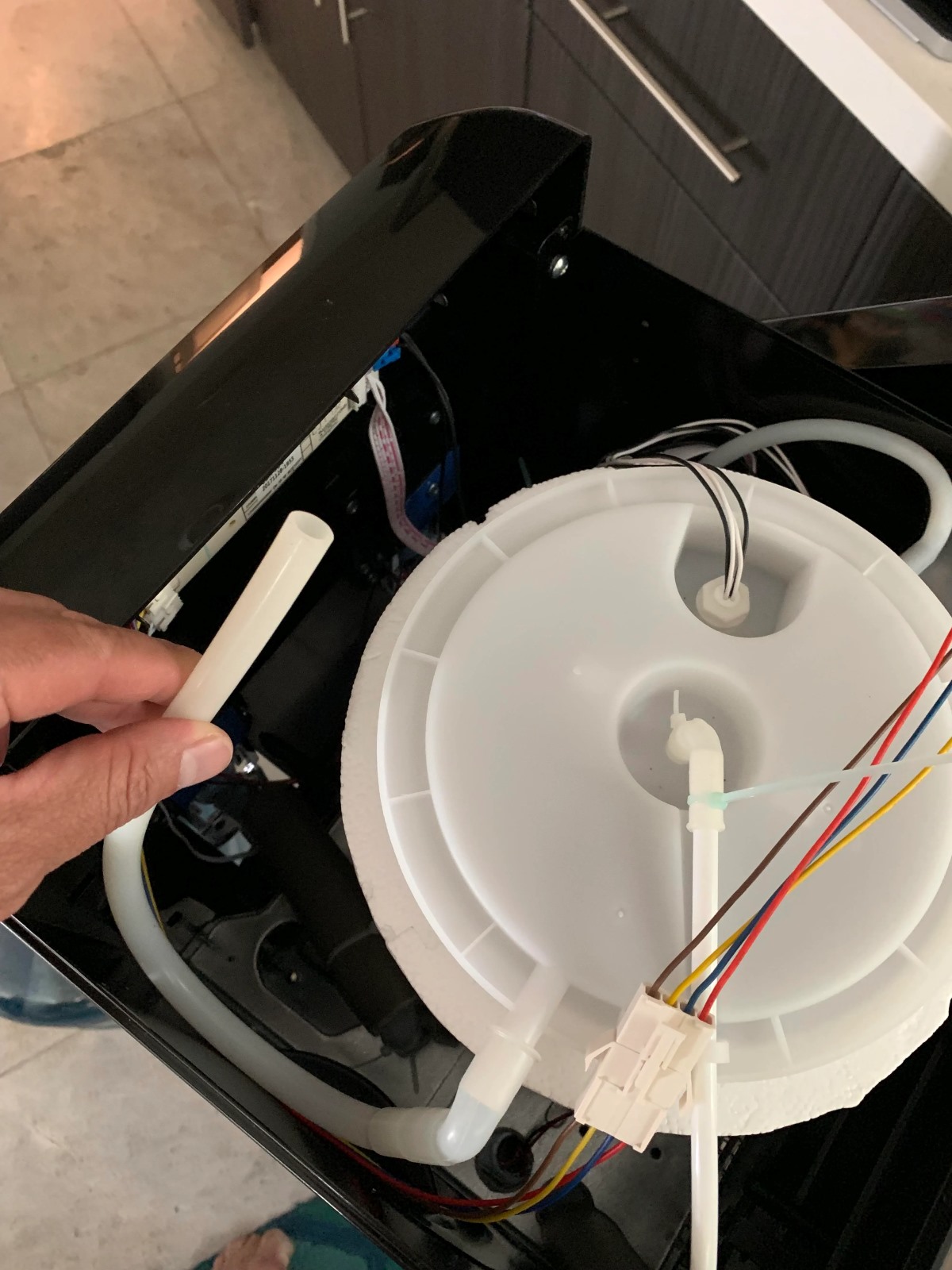
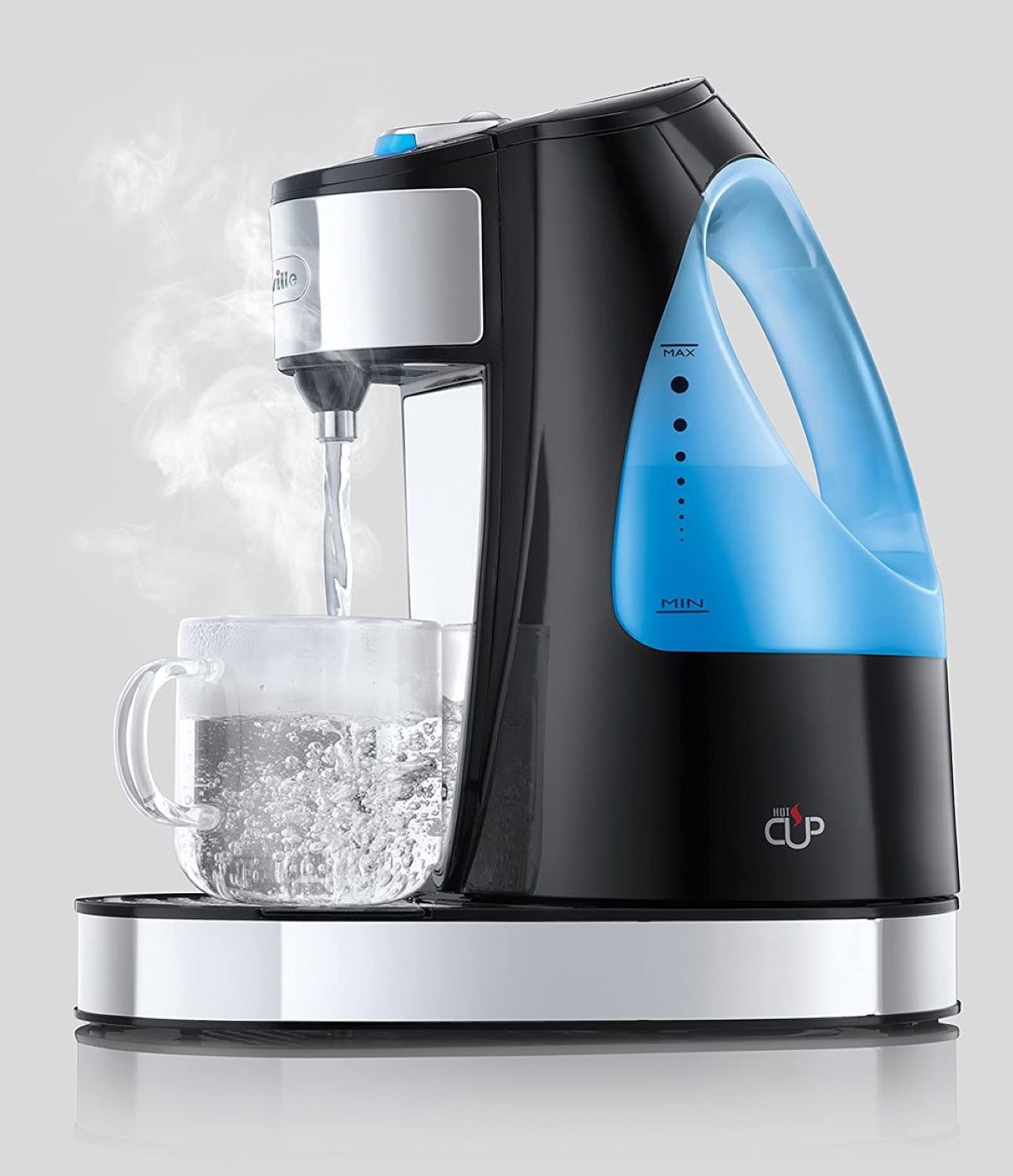

0 thoughts on “How Does A Hot Water Dispenser Work”